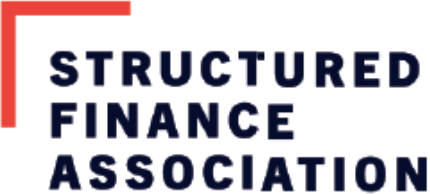SFA Research Corner: An Unprecedented Week of Fed Actions
article by Structured Finance Association
Written by: Elen Callahan
The Fed response to the COVID-19 crisis has been swift and certain. In short order the Fed has:
- On the home front,
- Lowered interest rates to near zero to help assist consumer and businesses weather a period of economic slowdown,
- Re-ignited Quantitative Easing (QE) to buy back “at least” $700 billion of Treasury securities and Agency Mortgage-backed securities,
- Cut interest rate at the discount window to 0.25% to support borrowing by commercial banks,
- Supported the flow of credit to businesses in the commercial paper market through CPFF,
- Supported the flow of credit in money markets, including the muni bond market, through MMLF,
- Supported the smooth functioning of the repo market through PDCF, and
- Supported smooth functioning of short-term U.S. dollar funding markets through the increase of the overnight repo operations conducted each morning to $500 billion, and instituted additional afternoon overnight repo operations for an aggregate offered amount of $500 billion.
- On the global front,
- Established new, temporary U.S. dollar liquidity arrangements with nine central banks to help lessen strains in global U.S. dollar funding markets (these facilities will be in place at least six months), and
- Facilitated global swap lines with five central banks to encourage and maintain unimpeded flows or credit between countries. Central banks have coordinated to increase the frequency of these activities from weekly to daily, which will continue at least through the end of April.
This week’s actions show that the Fed is indeed “prepared to use our full range of tools to support the flow of credit to households and business.” Although the Fed may have used all of its conventional monetary tools and most of the unconventional monetary tools last used in the 2008 crisis, the Fed has left the door open to expand the scope and size of these programs. This week’s QE program, for example, was announced at $700 billion. The QE program that was put in place in November 2008 purchased a total of $4.5 trillion of Treasuries and mortgage securities over three distinct periods. The program led to additional bank lending which in turn translated into additional economic activity and an increase in employment. Another program that remains on the shelf is TALF, the $200 billion lending facility that helped market participants meet the credit needs of households and small businesses. SFA will continue to monitor this fast-evolving situation and its impact on the securitization markets.

